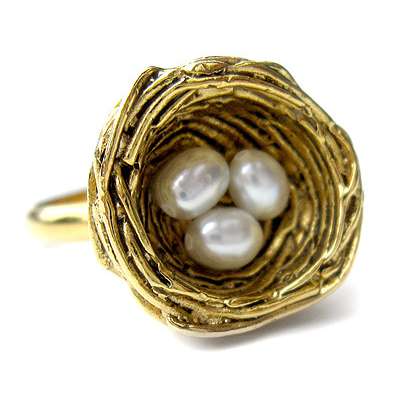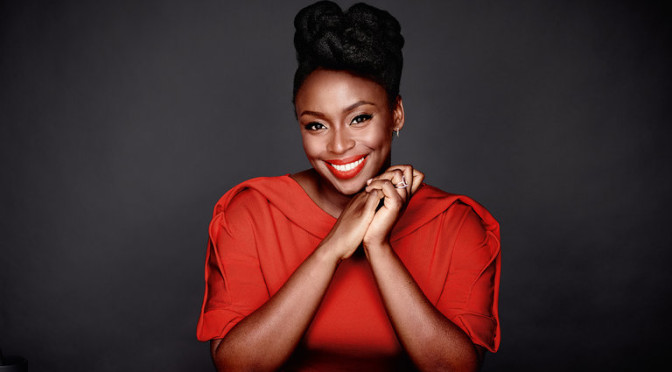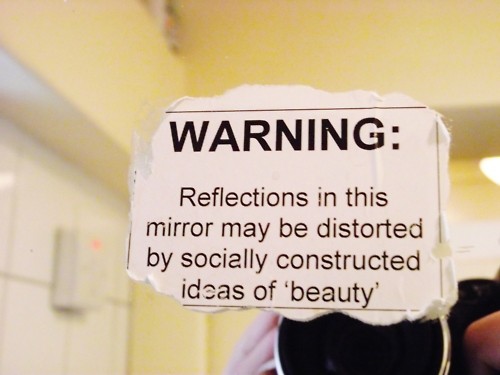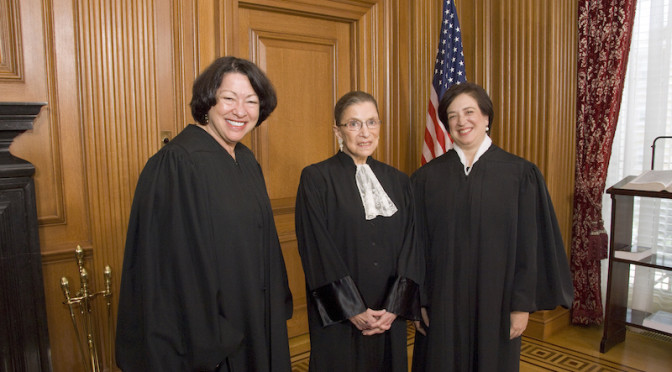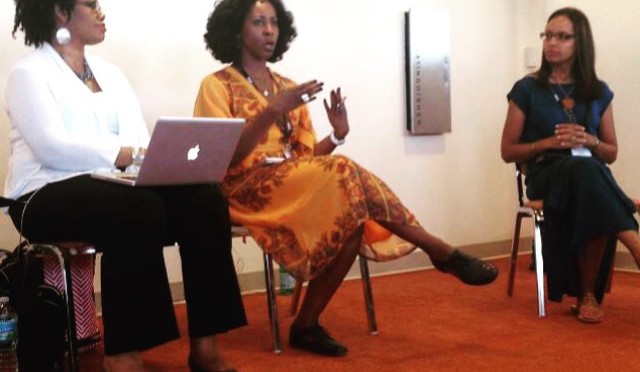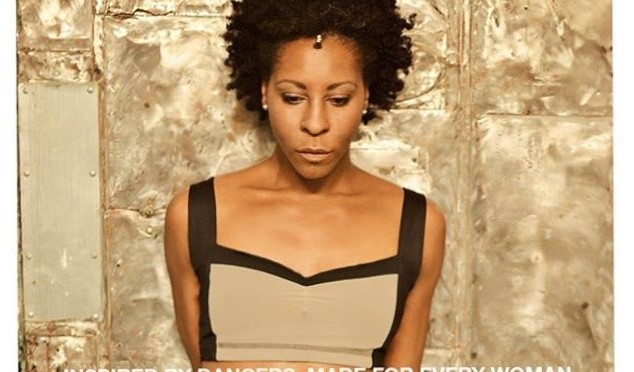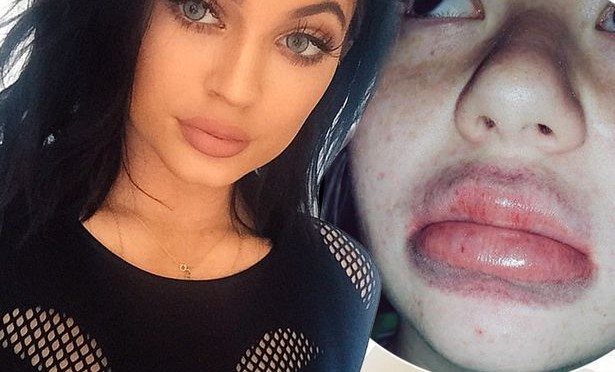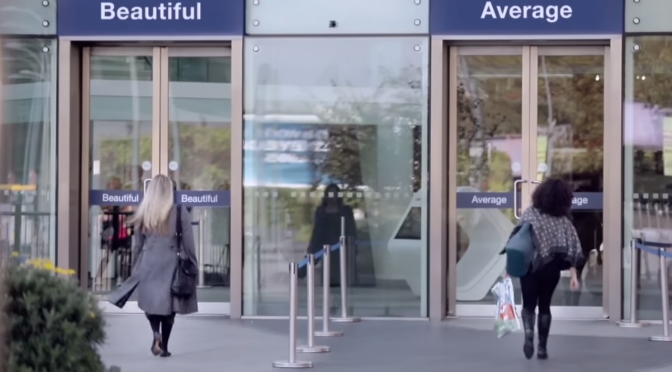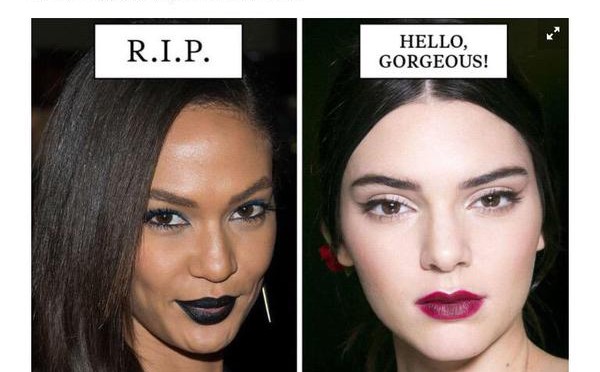
When I started this forum there were certain things I was clear about and aware of in relative to the subject of body image because I had made a study of mine in particular. I have always been infinitely interested, it matters little the subject I just have to know. By nature I am a highly introspective person, and have always sought to understand the deeper meanings of things whether personal or worldly. I have never been one to simply “take things at face value” instead I prefer to take a concept, idea, or belief, hold it up to the light slowly rotating, and analyzing it until all sides have been scrutinized and all angles revealed. When I started My Body My Image it’s fair to say that I had done my personal “due diligence” in terms of my own issues, I had identified them, uncovered their roots and tributaries, I had mapped my emotional, psychological and experiential terrain thus I felt comfortable enough to share my findings openly, and honestly with whomever stumbled upon the site. The most delicious thing about this process is that I almost everyday I learn something new, either about the subject, myself, or about how others in this struggle come to a better understanding and harmony with themselves.
Throughout the years I have managed to craft a workable philosophy that has been one of the keys to creating a sense of balance for me in a world (and my mind) that is in constant flux. Through trial and error and the “working” of it in my daily life, personally I know it to be effective. After years of suffering internally with feelings of inadequacy on many levels, (achievement, body image, relationships) and struggling to make some sense of it all, trying desperately to survive it, I arrived at these, my coping tools: Acceptance, Appreciation, and Respect, these were the elements I strung together like raw pearls on silk twine, and wore them around my neck for protection. In times of uncertainty or pondering, I could touch them lightly or roll them between my fingertips and remind myself that there was something larger. That for whatever was going through my head or heart there was a more substantial idea, something real though unseen that had the weight to anchor me into myself. These three concepts reinforced my sense of worth, and validation by reminding me that the simple act of being meant that I was enough, perhaps not perfect but enough.

When I touch the pearl of Acceptance I am reminded of one of my favorite quotes by the indomitable Eleanore Roosevelt “No one can make you feel inferior without your consent.” When I start to feel not good enough, unworthy, or small, I finger that pearl and ask myself: Is it the situation, the circumstance, or the person making me feel this way? or is it a feeling I already harbor about myself that has somehow been agitated? Does that sense of inadequacy sit at the bottom of my spirit like a finely ground power, benign and stable so long as it stays dry, cool and tucked away in the darkness, but add water, just a drop- in the way of a side glance from a woman, or a trigger word from a parent or friend, and it begins to bubble up into a corrosive, caustic brew that quickly and silently eats through the self esteem and empowerment that just moments before was the solid foundation upon which I stood? The question is, which is the active ingredient the water or those things that lie beneath? Water is just water, as human beings it is 80 percent of our biological make-up, my money is on that powdery substance of insecurity and doubt that like pollen in the springtime gently settles upon us as we go through life until one day it makes us sneeze.
Throughout our lives we tend to collect things without thinking, thoughts, ideas, and beliefs. Periodically we need to purge. I have learned the importance and the necessity of “Spring Cleaning”. I have to go into the recesses of myself and assess what works and what doesn’t, what fits, and what I have outgrown, this includes everything from behaviors to friends. I must clear out the baggage; discard the issues that I had unwittingly subscribed to. Month after month kept arriving, and I like a mindless snacker kept consuming without question. I had to dust! Recently I committed to taking better care of the antique furniture that I inherited from my Great Grandmother Ruth. I went to the hardware store and bought some old school Liquid Gold Wood Polish. Not the spray kind but the type you have to pour out and get a rag to spread, the kind that makes your furniture gleam. Upon opening the canister the scent wafted out and I was instantly thrown back in time to when I was little girl. I was the baby of nine and on chore day it was my job to “Do down the stairs” with a dustpan and brush, and to dust. I hated dusting! First of all it took too long and secondly everything in our three-story house was made of wood! When the aroma hit my nostrils I was 8 years old again, and there was a rush of innocence and weightlessness that came over me. That is what happens when you dust…
It is through this pearl of Acceptance that I realized that, before I begin to judge myself I need to first know who and what I really am. Maybe its not so bad .We tend to spend so much time looking at other people either in the act of coveting or judging we lose sight of ourselves. It reminds me of the title of Erma Bombeck’s book from 1976 “The Grass is always Greener over the Septic Tank” If we stop straining our eyes and necks trying to see what some else has we might realize that we already have all that we need. Once you know who you are, you can then decide who you want to be, and make choices going forward that support that. Through Acceptance I understand that I control not only the way that I feel emotionally, but also the way I feel about my Self. This understanding creates my reaction and relationship to how others feel about me. If you don’t know–if you don’t decide who you are, then anyone can make you believe anything about yourself, good bad, or unimportant. Eleanor Roosevelt also said, “Remember always that you not only have the right to be an individual, you have an obligation to be one.”
Acceptance, is not just about accepting yourself but also about accepting the responsibility you have for and to yourself. If you want to take the credit for the success, then you have to be willing to take the blame for the faux pas and failures and know that either way it’s all right. We also have to accept that we are human, and that is a messy and imperfect state of being. When we cultivate an acceptance for ourselves we instantly begin to have an acceptance and allowance towards others, enter compassion…

Sometimes in fragile moments my finger finds the second pearl on the string, that of Appreciation. This is one that I have mostly experienced through the feeling of guilt “You never miss a good thing until it’s gone”. Whether it’s people, things, situations, eras, or health, this adage is so true. As I mentioned before I am the baby of nine, and one day a group of us were hanging out in the kitchen. Somehow we landed on the fact that our mother had nine of us one at a time. There are no twins in our clan. So someone calculated that our mother had spent 5 1/2 years of her life pregnant. We all looked at her astonished! A bit self-conscious My mother replied “Well when you put it like that it does sound horrible, it didn’t feel like that” It started a whole discussion about would you rather be pregnant for five years straight and be done with it or do it normally. My mother said if she had to do the time straight, she wouldn’t have. When you think about it like that, all strung together it’s seems impossible to fathom, but it’s odd how thinking about something slightly differently can change the perspective of that thing. If I linked all the times I have sat and complained about my body, either as a dancer or as a woman I probably would end up with a number that was double to that of my mother’s collective pregnant years. I feel like most of my life has been spent obsessing or bemoaning what I had didn’t have, or wanted, in regards to my body. Conversely if I strung together to times I loved what I looked like, saluted myself, or acknowledged that I was good (as a dancer) or beautiful, lovely, gorgeous, or even not so bad, that timeline would be of no comparison at all. It is not until you lose something that you comprehend its value. As a dancer when you are injured, or age sets in and one’s facility is not as facile, when your health is compromised, or when some one you love is ill or dies, it is only then that you realize that even in your seemingly imperfect state, you are ultimately still blessed. Blessed simply because you are, and really as horrible as it sounds— as long as you are alive it can almost always be worse.
I was 26 when my father died. Though it sounds a bit trite, he was my best friend. More specifically he was a friend to my mind, he understood not only me, and the way I thought, but also the world I lived in and my particular point of entry, therefore he had the ability to council me with a depth of comprehension, compassion and always with utter honesty. I recall the bittersweet moment when he told me that the man I loved did not love me, “At least the way you ought to be loved” he added to soften the blow of reality. He told me when I was getting “chunky” and I needed to watch it. He told me that I tended to see the world differently then most people (including my family members) and that might always to have me standing on the outside but he assured me that it was okay, contrast creates context. After all, the only thing that makes the inside the inside, is the fact that here is and outside. My father was a ballet father and would drag me to the theater, or make me watch the PBS dance specials when I preferred to watch Three’s Company, he often wore me down with discussion and debate, and his is corny jokes, he was exhausting!!! As his illness began to claim his body, and a disturbing frailty replaced what had always been sinewy strength, I was confronted with the reality that the body, though extremely resilient, has its own vulnerability and was subject to breakdown. Weakness has always been more disturbing to me then the idea of death. Death I had experienced early on in my life weakness never. At the age of eight I had been introduced to death when my brother of twelve passed away. It was then that I learned that not only old people die. When I watched my father draw his last breath and I witnessed the peace that came over him upon his soul’s release, it was then that I fully appreciated how full of life he had been, and how much passion for parenting he had possessed.
Since that time, there have been other instances, other losses that have acted as reminders that one should always live with a certain level of appreciation for one’s body, one’s life, in whatever form it takes. Through this forum I have learned to extend that concept to the appreciation of one’s body regardless of its form, weight or size. There is no such thing as perfect, and we may never be what we want, but if what we have works, it more than good enough. I always say that I practice Bikram yoga begrudgingly and it is true, there is a part of me that hates it. I do it not so much because I love it, but more because it works. I get annoyed when I think, “Damn and I going to have to do this for the rest of my life if I want to hold on to what I have left, and prevent losing more?” I am pissed to have to get up, pull myself together, get all sweaty and overheated just so that I can walk with a bit of comfort from my hip, so I can teach class and manage to demonstrate, and so that I can look somewhat the way that I want to physically. But then I take a breath as I trudge up that hateful hill to the studio, and I work towards appreciation by changing my “have tos” into “get tos” I get to do this and I am blessed that I can! I get to do Bikram as much as I’d like (or require) and I can afford it, I have to appreciate that. I get to practice, and I am physically able to and at this point it’s pretty much a breeze (if you have ever taken Bikram you will appreciate the irony of the word breeze in various respects) I have to appreciate that. I get to experience the results! I have to appreciate that I found something that works, some people aren’t that lucky. If I look at my Bikram practice the way we figured my mother’s years of pregnancy, basically I have to endure Bikram for about 7 hours a week. That’s 28 hours a month, which amounts to a little over one day. That’s not so bad.
There is a line in the classic movie Marjorie Morningstar (Natalie Wood and Gene Kelly), someone asks Marjorie’s Uncle Sampson how he’s doing and he replies “I have my health, the rest is mud” that’s kinda my how I feel about it sometimes. If the best or the worst you can say is that you have your health you’re doing all right. Can you imagine being broke or homeless (two conditions that are bad) while you were ill? I have seen people who lead lives of plenty and for all their money they could still not buy their health. In the end even though they could afford the best medical care (which is really important) it still wasn’t enough. If you have your health you have to learn to appreciate the importance of that, because the rest…is mud!
Which brings me to the last pearl on the strand Respect. Respect is so complex and layered; it is a complicated matrix of reasons why we respect something or someone, and why we require it ourselves. Respect is the thing that gives us a sense of validation, acknowledgement and value. It not only implies that you have been seen but that you have been accepted and are held in high regard. It holds within its definition an idea of power, and prestige. Even though on one hand we talk about how no one else’s opinion should matter, in truth we don’t live in a vacuum, humans thrive and rely on one another for physical and emotional interaction, and ones standing within the “tribe” is of paramount importance. However we should not place or replace the opinion of others before or above that of our own. When it comes to respect for our selves, and our bodies it is about creating an intimate relationship with ourselves (mentally emotionally, spiritually and physically) that cultivates an understanding of our functionality and how optimum functionality is arrived at for us. Self-respect if about doing what is best for one’s self and making the best choices possible, be that in people or food. It is learning to take care of ourselves, inside and out. We often expect others to treat us well and yet we abuse ourselves in a myriad of ways daily, from negative speak, to eating badly, not exercising, or getting involved with people who don’t have the best intentions towards us. Respect really does start at home by drawing boundaries that define what is acceptable and what isn’t, and demanding it from ourselves; then we can demand that other tow that same line. When we honor our own beliefs, our values, our philosophies, we begin to stand in our power. When we begin to see our bodies as the vessel that houses the essence of our being and more then a reflection of the ego, or something that is used to attract, perhaps then we would begin to see others in another light as well.
When you respect something you take care of it. I am finding that with age conscientiousness towards one’s body begins to develop. When my father was sick someone once told me,” Well if you keep something for 60 years something is bound to go wrong” and it true. I am beginning to understand why whenever you talk to older people they are always coming from the doctors, going to the doctors or making a appointment, that’s because the older you get he more frequently you have to get things checked out. I have reached a point where I am (in respect for my body and fear of cancer) starting to be more diligent about going to the doctors, the dentist, the gynecologist and ophthalmologist. The irony is I think about how I am happy to get a facial, laser hair removal and will spend copious amounts of money on creams and make-up but when it comes to going to the doctors I have to push myself. T’ruth be told, part of that is I am always afraid that I am dying of something. Respect is a pearl that is a bit heavier than it’s sisters as the other two (appreciation and acceptance) are housed within it. With respect for ones self comes a sort of facing of reality, if we are so lucky, we do get older and things change, we don’t look the way we once did, and we might have to work a little harder at it. We have to appreciate that we are living to see the history of our lives etched into our foreheads, that every moment of laughter now parenthetically frames our mouths, and that though we move a bit slower we still get there…But then the words of Uncle Samson echo in the back of my head “I have my health, the rest is mud”

These three pearls as I like to refer to them as are the foundation of my philosophy and the tenants that My Body My Image is based on: Acceptance, Appreciation and Respect for one’s self, for one’s body. They are not easily arrived at, they are by-products of constant work, and personal housekeeping- dusting, and polishing if you will. We as a society have an addiction of sorts to the body and its image, the commercialization of which perpetuates the issue. We cannot seem to create a relationship to and with it that is healthy and balanced. We share the same sort of relationship with food; it’s either too much, too little, good for you or bad. We obsess about it; it shadows almost every area of our lives. These pearls I have discovered help quiet the chatter, create balance and help me stay somewhat centered. They are to me what the 12 steps are to addicts, they are my steps towards recovery. Like an addict I works the steps, and take it one moment, one day at a time. I encourage you to “Wear your Pearls!!” They are classic and go with almost everything.

